Iconic Pentax Spotmatic SP 35 mm SLR Review
This is my review of a classic 35 mm single lens reflex camera from the 1960s – the Iconic Pentax Spotmatic SP.
Pentax Spotmatic SP Images
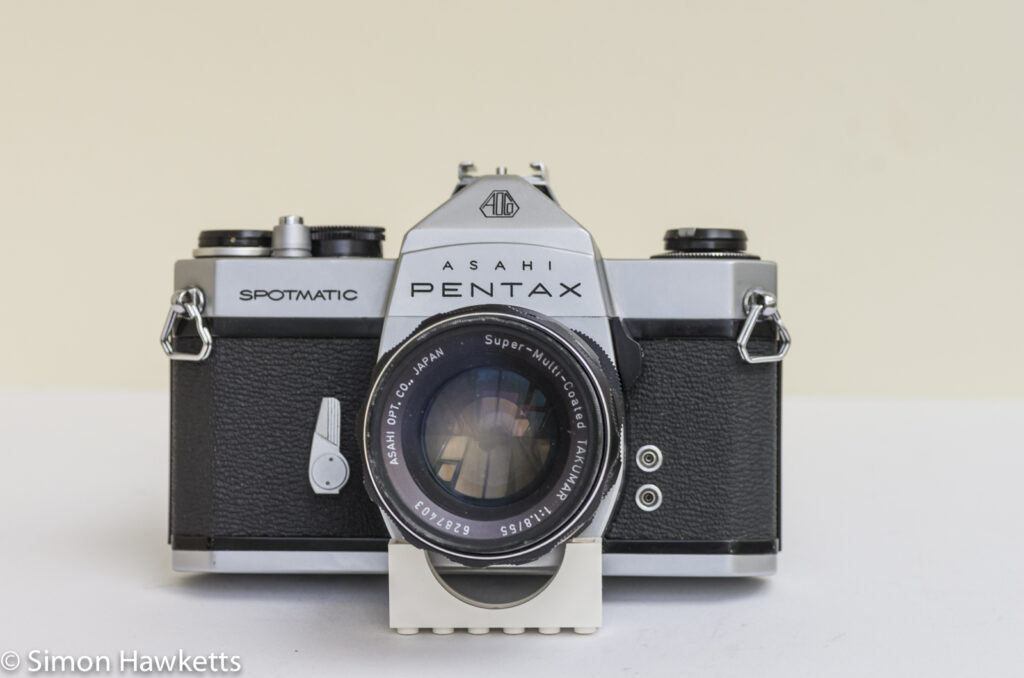


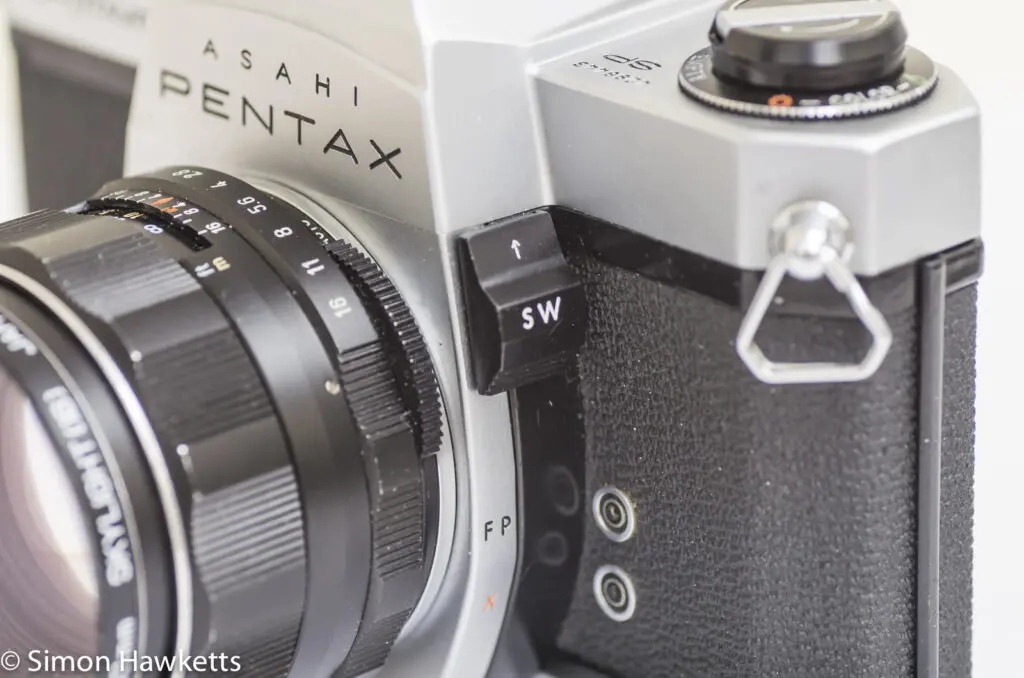
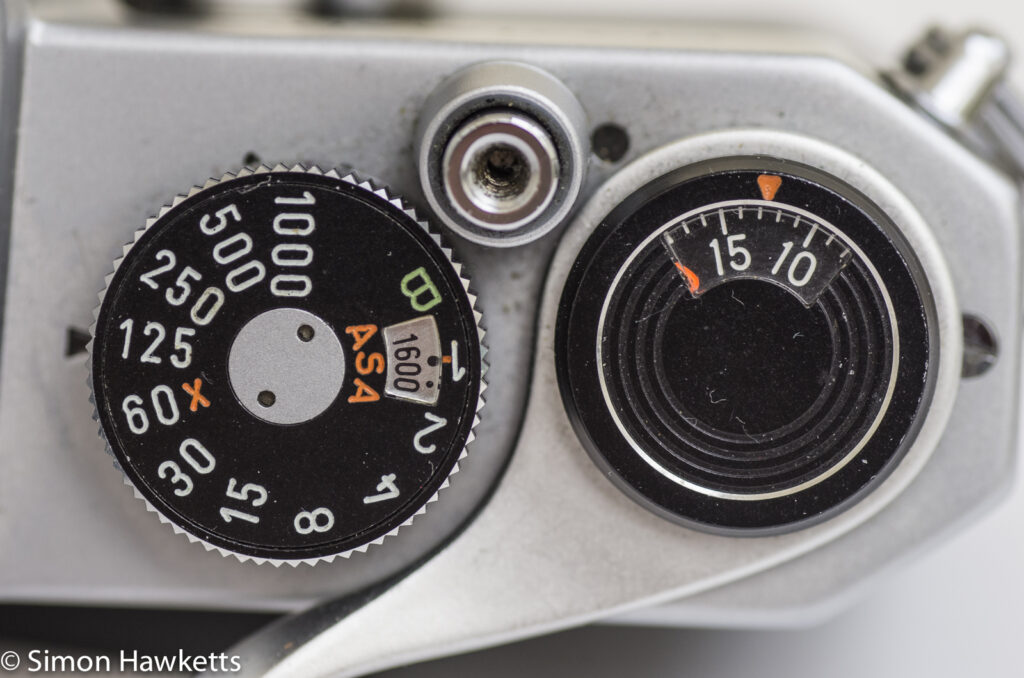
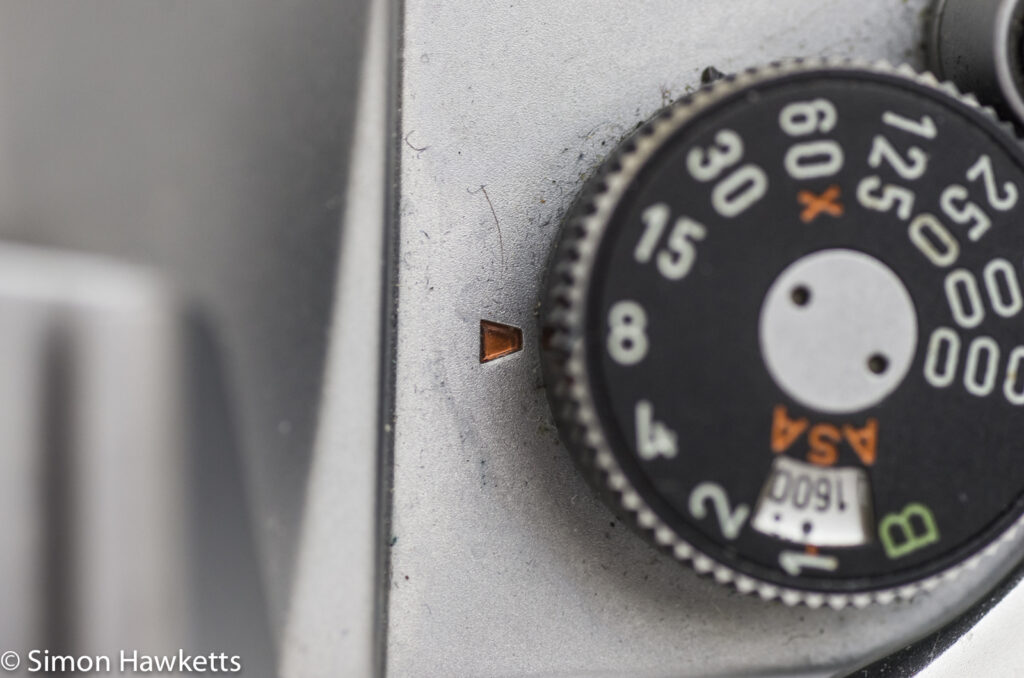
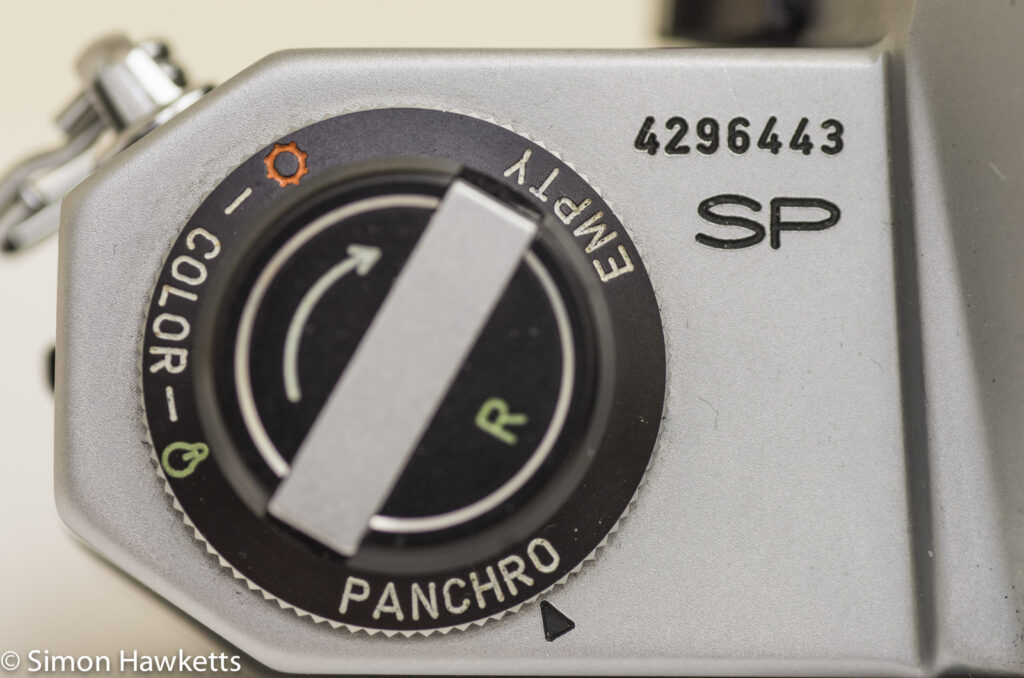
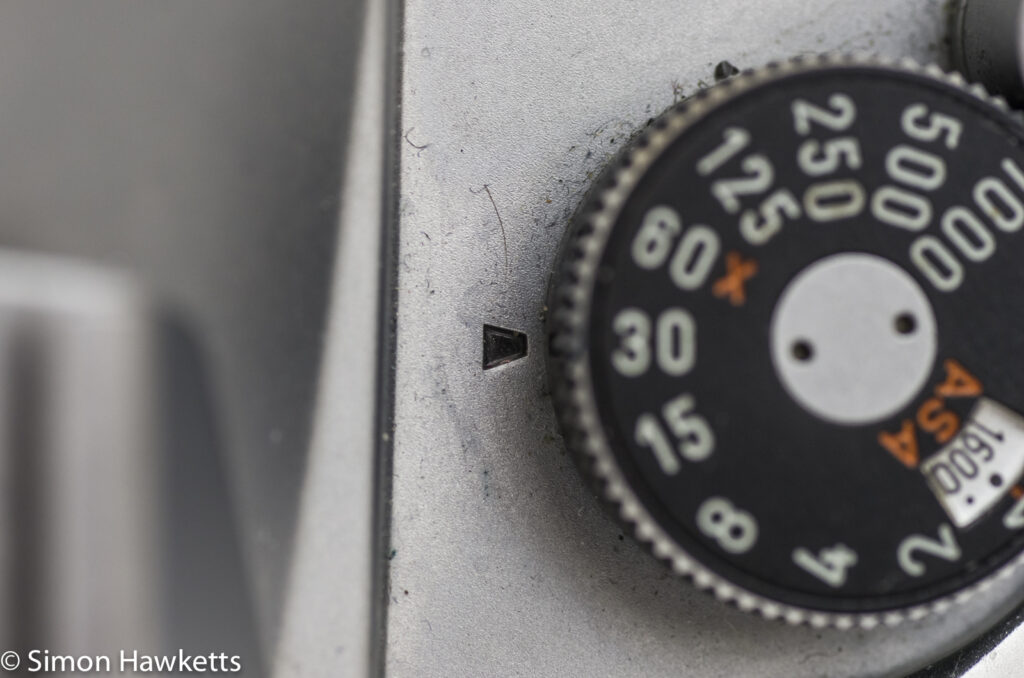
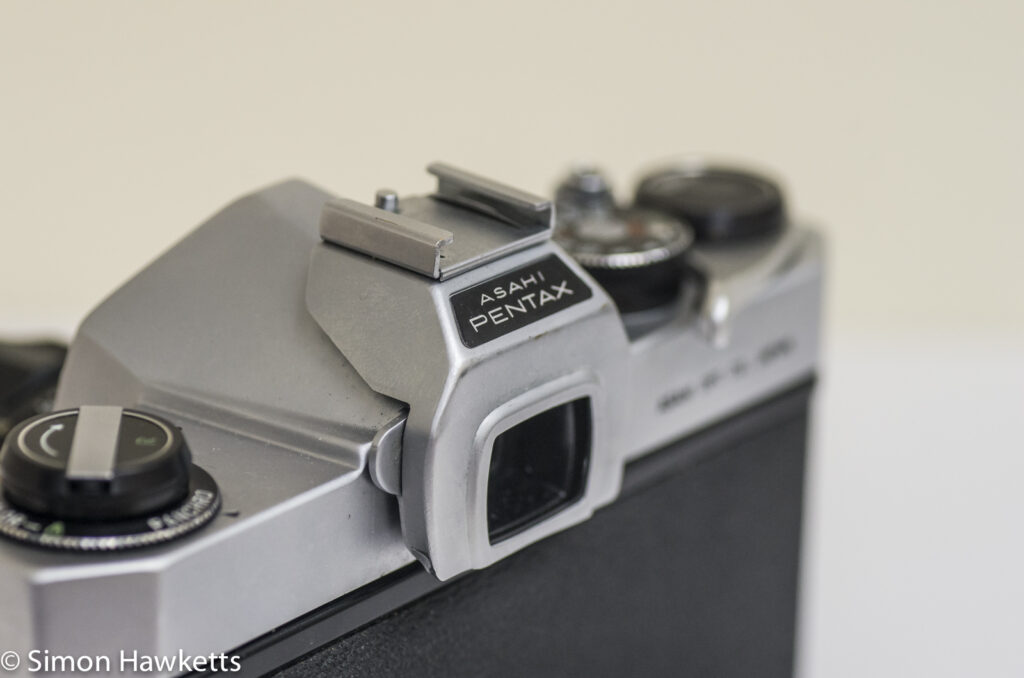
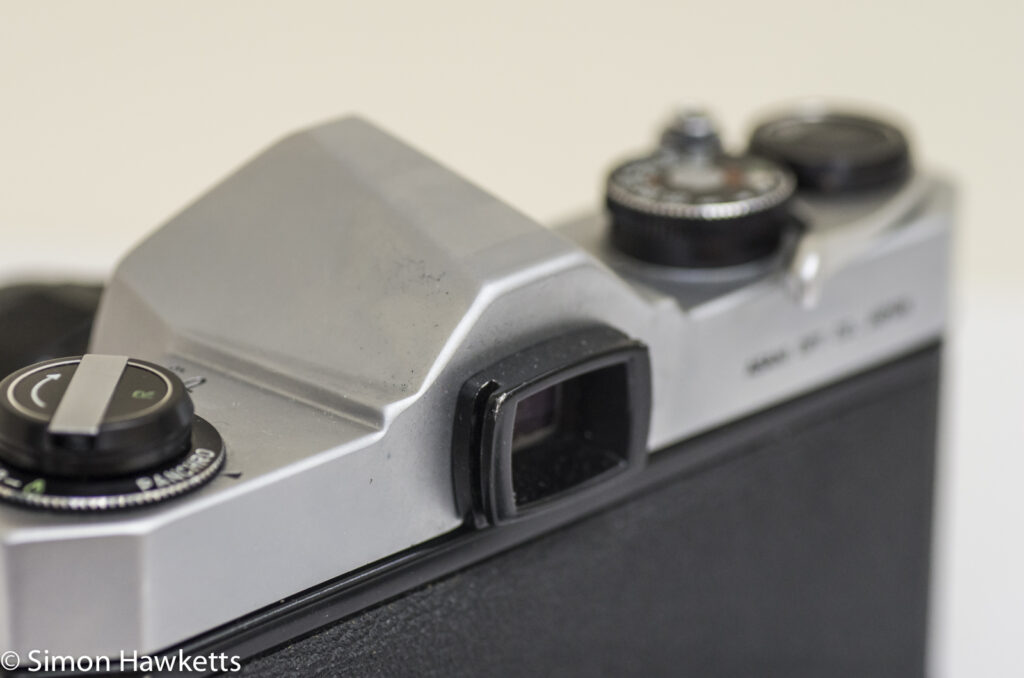
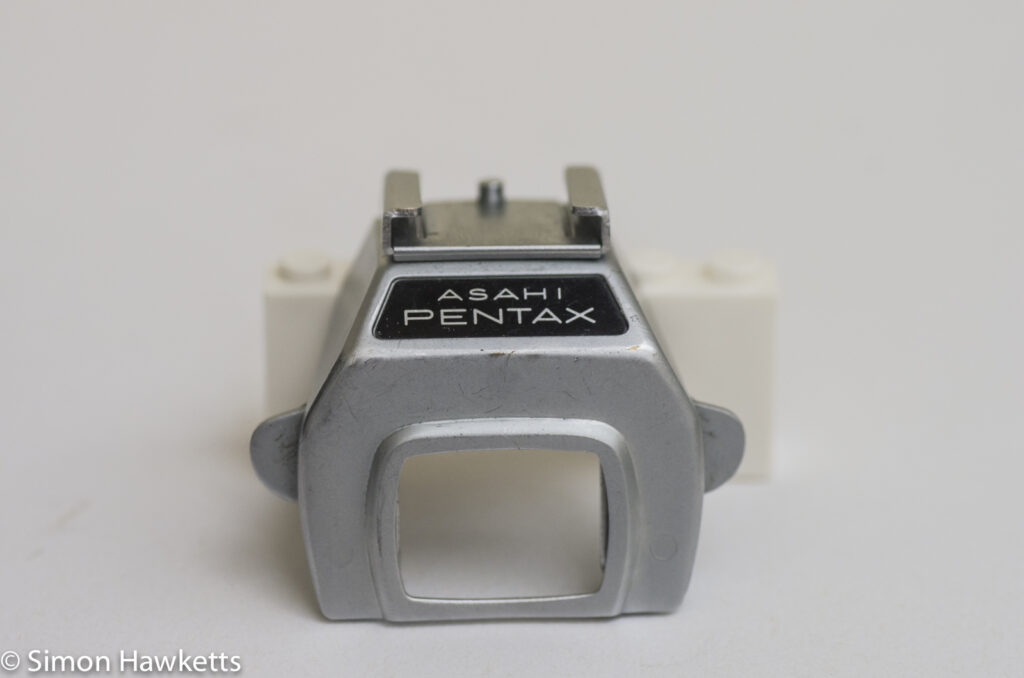
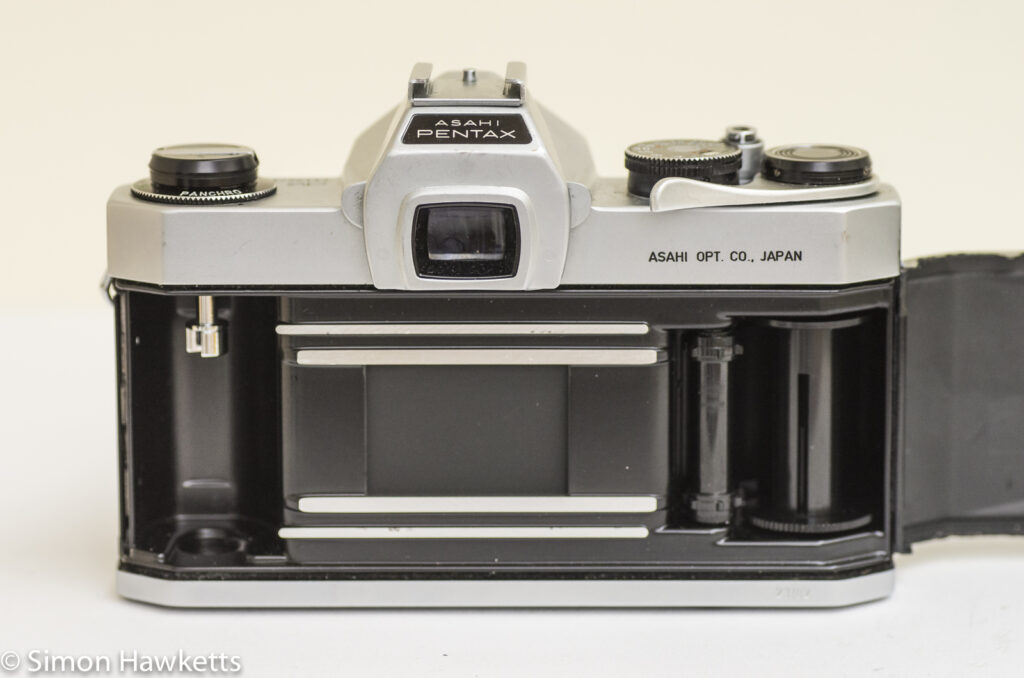
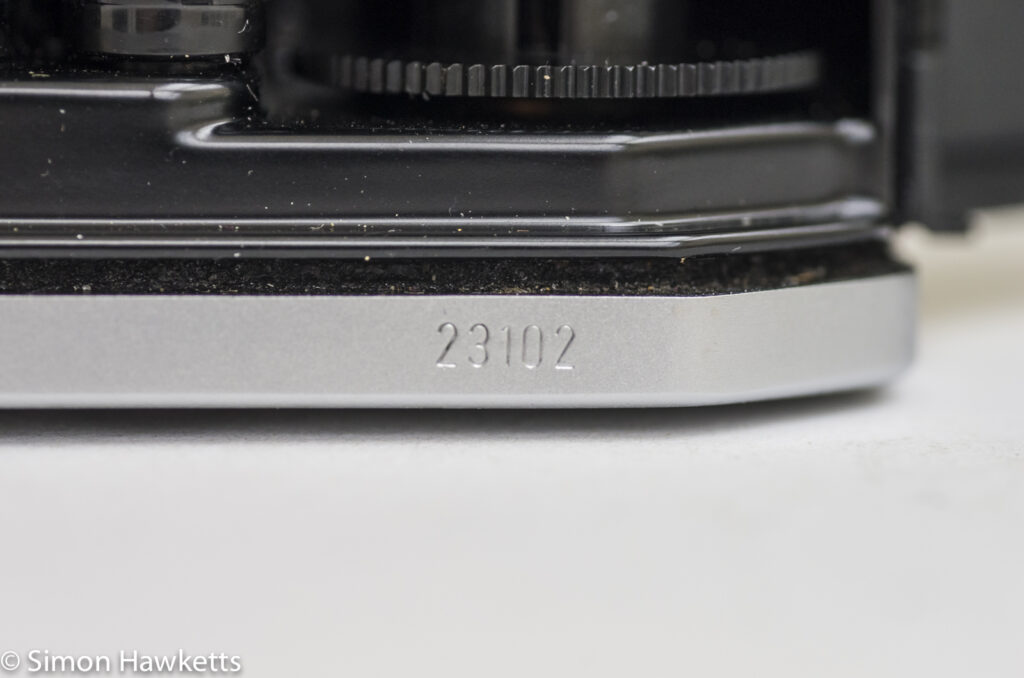
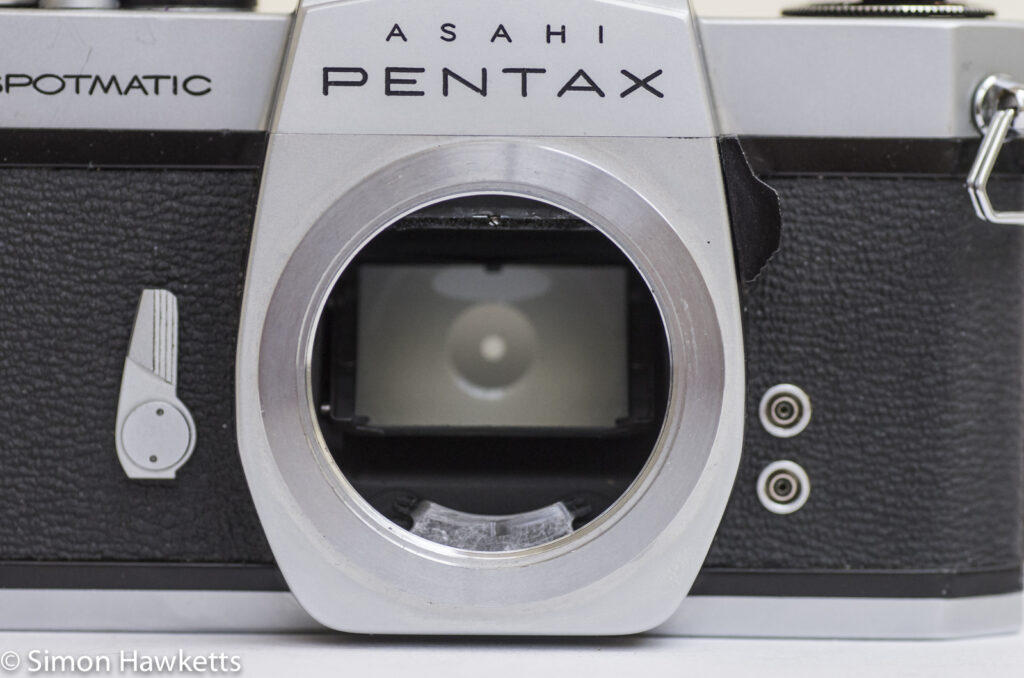
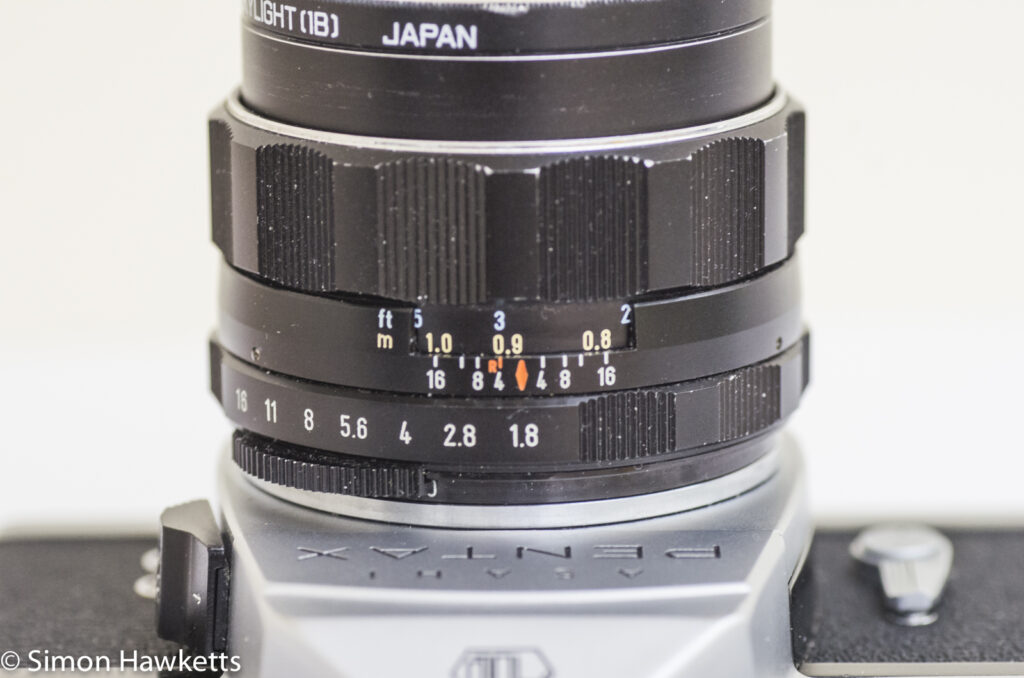
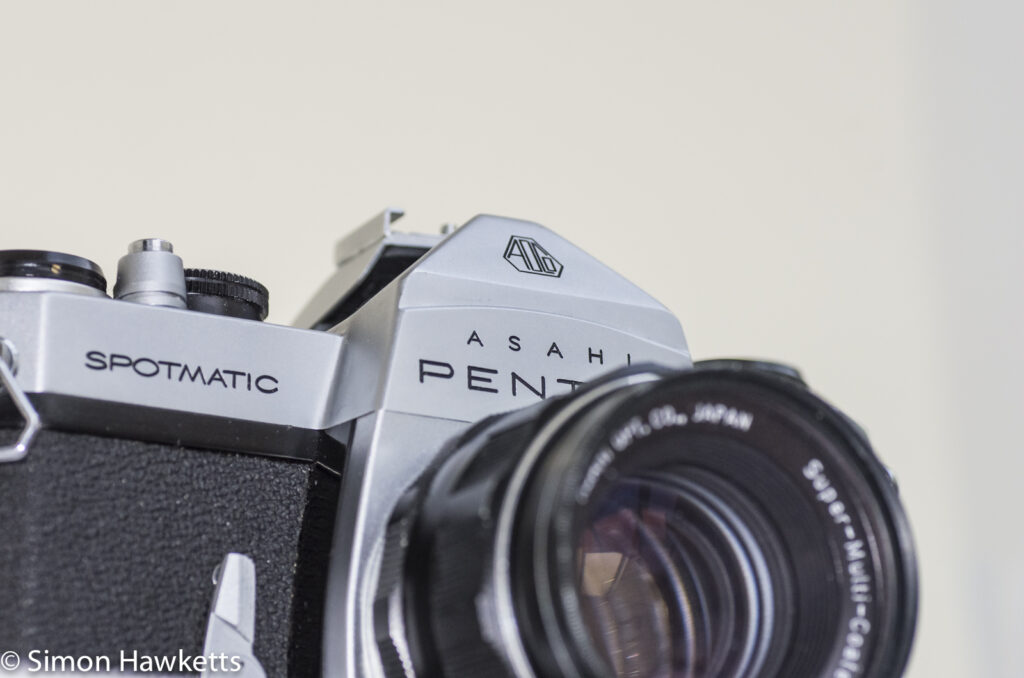
My Pentax Spotmatic SP Camera
This is one of those cameras which I feel fortunate to have found on eBay at a very low price because it was deemed to be faulty by the seller. The problem described was that the second curtain would sometimes delay, and the curtain not shut properly. I thought that it would be interesting to see if I could fix it, and so I risked a bid of £8.96 (I always bid odd pence, so I’m unlikely to have the same bid as someone else).
As it happens, no one else took the risk and I got the camera for £4 + £2.80 post. That was for the body only, but as I have several Takumar lenses which I use on my Sony NEX, for the pictures above I’ve paired it with a 55 mm f/1.8 which would have been one of the original options available when the camera was new.
When it turned up, I was really pleased to find that it is in a very good mechanical condition. There is hardly a mark on the body, and it also has the optional flash adapter fitted over the eyepiece. To be honest, the flash adapter alone is worth more than the £4 I paid, so I’m happy enough with the purchase.
The problem with the shutter was actually not as bad as the seller described. I think they were trying to be completely honest about the condition of the camera (which I wouldn’t fault them for – plenty of sellers go the other way) and had therefore made it sound worse than it was. All I found was the shutter on the 3 slowest speeds would occasionally leave the mirror in the ‘up’ position rather than returning it.
After a bit of Internet research, I found that the ‘fault’ was simply one of dry lubrication and all I needed to do to fix it was add a tiny amount of watch oil to one of the gear/lever assemblies under the bottom cover. With that fixed I now have a fully functional Spotmatic, except for the meter which I will test if I find a suitable battery.
There were several different versions of the same basic Spotmatic model made. I’m not fully aware of all the differences, but I know my model is one of the later ones because of a couple of things. First the film speed range is 20-1600 ASA (the earlier versions were 10-800 ASA) and secondly on the bottom plate is stamped the number 23102. Early versions had the number 231 stamped on them.
That places the manufacturing date for my example somewhere between 1965 and 1973.
Pentax Spotmatic SP description.
The Spotmatic is an iconic 1960s camera and has a feel of quality engineering which is difficult to match. In my collection, only the Miranda Sensomat comes close, and that camera is certainly less well known than the Pentax was and still is.
When introduced, the Spotmatic was one of the first cameras to feature through the lens metering. Apparently, it originally had spot metering when first shown as a prototype, but Pentax thought this would be too difficult for people to use, so the design was changed to use centre weighted metering, but the name ‘Spotmatic’ stuck.
In common with most cameras made in the early 1960s, the Spotmatic is a fully mechanical design, which uses a battery only for its internal light-meter. This means that although the correct 1.35v mercury battery is impossible to get now (because mercury batteries are no longer legal to manufacture), it’s still possible to use the camera as long as alternative exposure measuring systems are employed.
In fact, that last statement isn’t completely accurate, as using exactly the right battery isn’t too important with the Spotmatic. Because the exposure system uses a bridge circuit it isn’t sensitive to voltage changes and so fitting a modern 1.5v cell is fine as long as one which physically fits can be found. The circuit design chosen was probably so that as the battery drained the exposure measurements were still accurate, but it helps us today because it means we can carry on using the camera.
The lens which would have been supplied with the Spotmatic when new had an auto diaphragm, so the lens remains bright whilst the picture is composed and focused as long as the lens is set to the auto position. The lens series normally supplied at the time were the Takumar series, like the one in the pictures above. I have a few of these at different focal lengths and can testify that they are fantastic quality lenses. The 28 mm in particular is stellar, and if you would like to see how they perform with a modern digital camera, follow the ‘Vintage Lens Index‘ link and look at the Takumar results.
Metering with the spotmatic
The Spotmatic employs what is known as ‘stop down metering’.
This means that in order to take a reading, the lens aperture needs to be actually stopped down or closed in order to correctly measure the light. On a modern camera there is communication between the lens and the camera body so, in effect, the light-meter can work out what aperture setting is needed at any point because it knows the film speed, the shutter speed and the lens aperture. In the Spotmatic however, one of those three (the lens aperture) is missing, so all it can say is ‘I don’t know what aperture is set, but I know there is too much light’.
In order to effectively use a camera with stop down metering, it’s important that the correct procedure is used. For example, if you take a meter reading prior to focusing, you could get the focus off because the depth of field will affect the viewfinder view.
So this is the sequence needed.
- Make sure the lens is set to ‘Auto’ using the switch on the lens barrel – this isn’t absolutely required, but it makes focusing easier because the lens aperture will be at it’s brightest.
- Set the shutter speed appropriate for the subject.
- Compose the picture and focus on the subject you want.
- Push the metering switch on the side of the lens barrel to the up position.
- Set the aperture until the needle in the viewfinder sits in the centre. You will notice that the view will change in brightness as the aperture is adjusted.
- If the needle can’t be centred you will need to adjust the shutter speed, taking care you don’t set it too low for hand held photography.
- When ready, press the shutter. The viewfinder will go black briefly and then be returned to the normal bright view.
Another thing which needs to be taken into account with the Spotmatic is the small arrow which the shutter speed is set against. If this turns red, it shows that the set shutter speed is outside the range of the meter for the currently set film speed. If that is the case, the metering won’t necessarily be accurate.
Viewfinder
The viewfinder is typical of a 35 mm full frame camera of the day. Depending on your point of view, that is either marvellously uncluttered, or lacking in useful information! To be honest, the viewfinder displays what it was capable of displaying in the early 1960s except for a split rangefinder display which I find particularly useful.
There is a ground glass screen with a central prism and outer circle to aid fine focussing. On the right-hand side is the metering needle, with a + at the top and a – at the bottom to indicate over and under exposure. And that’s it.
One positive is that it’s bright and clear and nice to use.
Pentax Spotmatic SP specs.
- Pentax Spotmatic SP 35mm single lens reflex camera
- Through the lens centre weighted stop down metering
- Film speed 20-1600 ASA
- Metering ‘out of range’ indicator
- Shutter 1 sec to 1/1000 + B
- Auto reset frame counter
- Film type reminder under rewind crank
- Clip on flash adapter
- X & FP sync sockets
- Film advanced marker
- Self timer
- Combined Stop down and metering switch
- Auto diaphragm
- Tripod bush
- Ser No: 4296443
- Manufactured between 1965-1973
- Manual available on-line here
This isn’t the first Spotmatic I have in my collection; I also have a Spotmatic SP1000, but the Spotmatic SP is the original Spotmatic and as such I’m glad to have it in my collection.
Discover more from Everything Vintage
Subscribe to get the latest posts sent to your email.

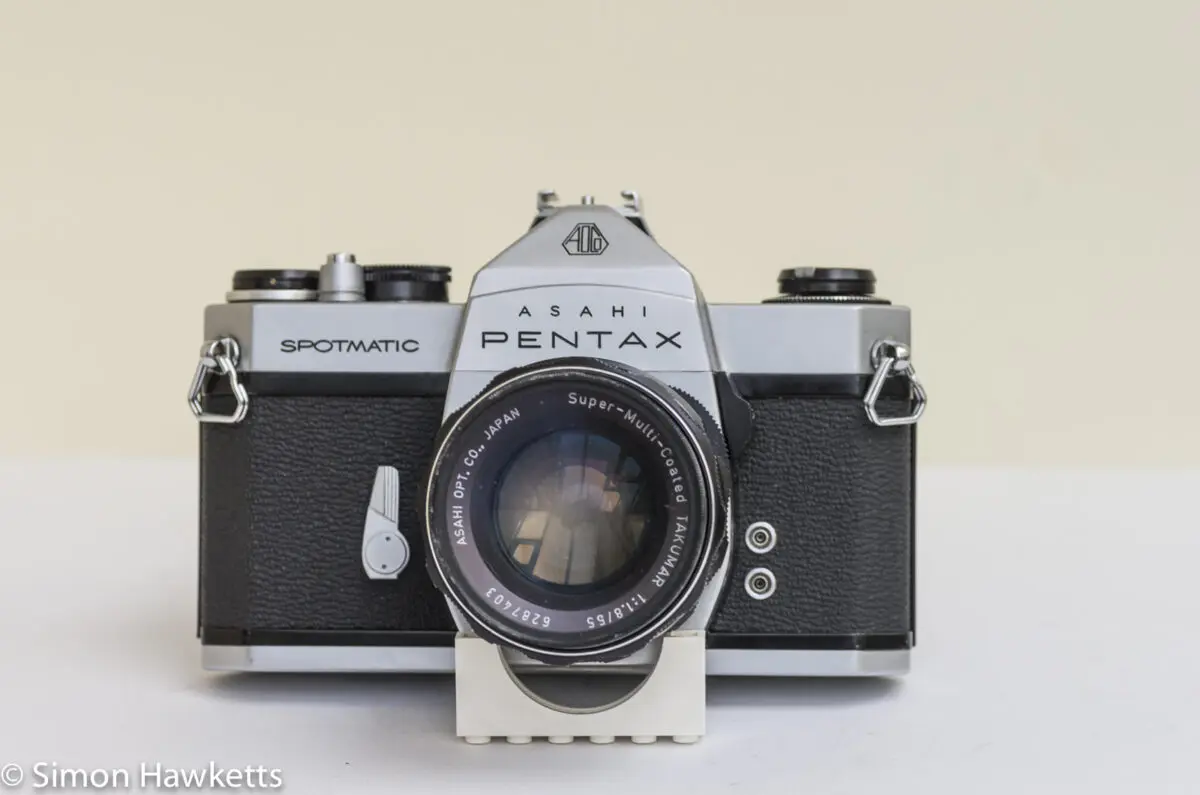
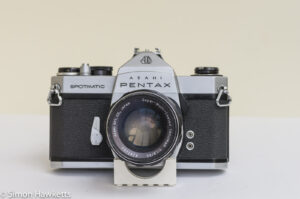
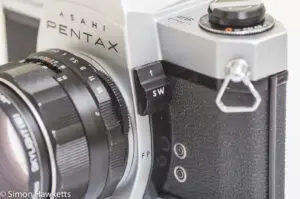

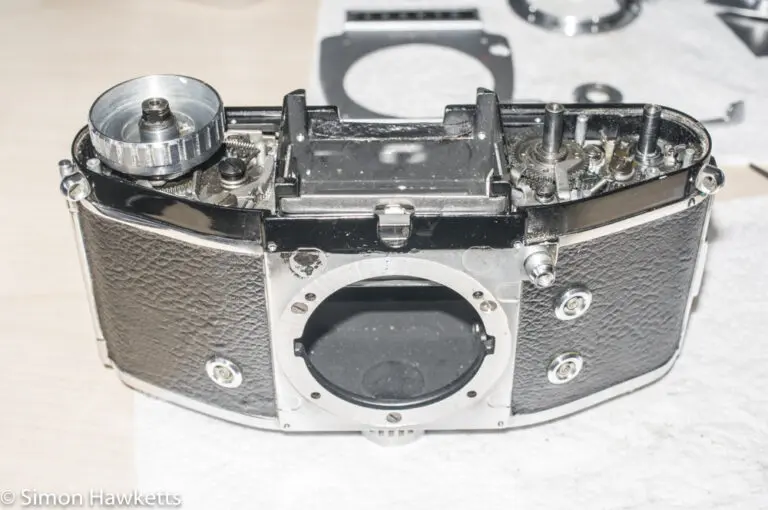
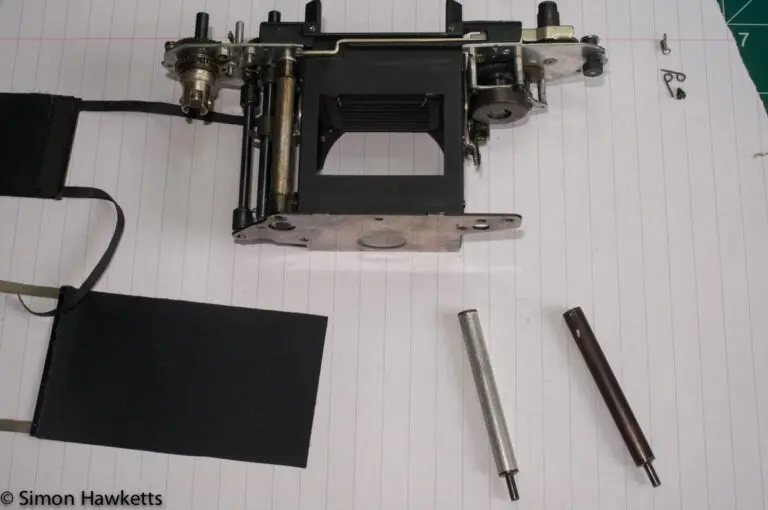
I have 3 Original Spotmatic SP. One from the first batch (only made in 1964) model 231 with the narrow meter switch and top plate screw on side. One from 2nd batch model 23102 which was the main production run and a Black SP.